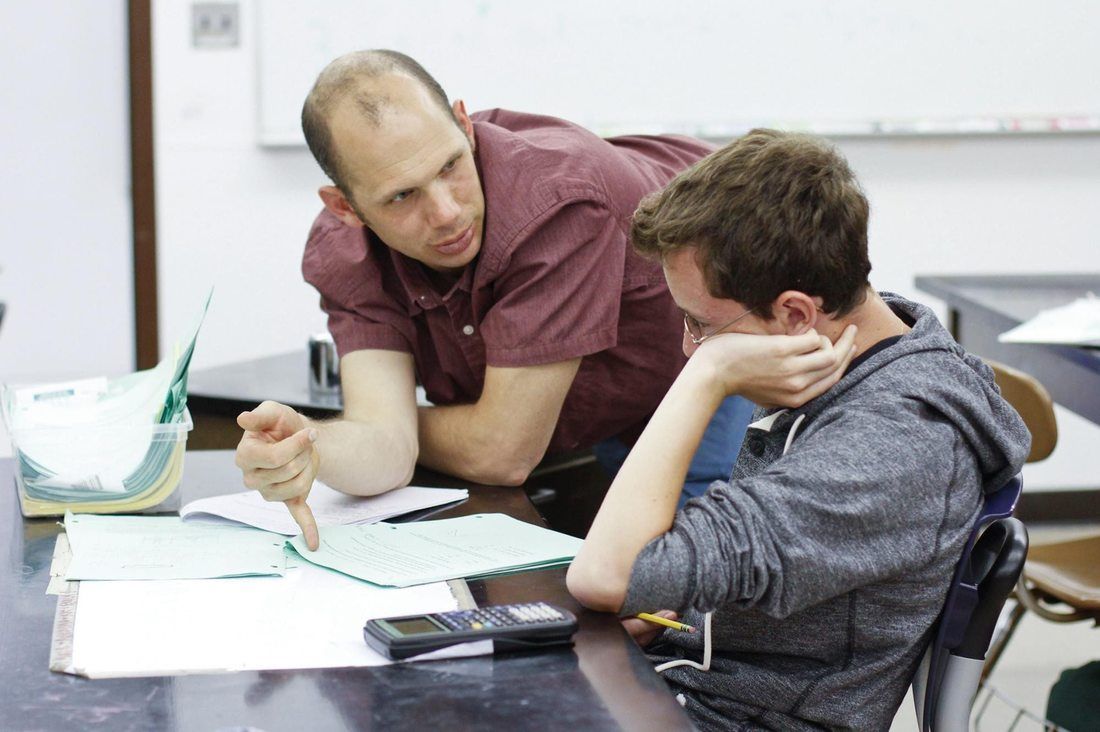|
|
|
As the summer approached I became more and more conflicted as to how to assess my students. Many options existed including timed, self grading quizzes in Google Forms, video assessments via FlipGrid, etc. To simplify things, I elected to use a Google Doc template for all assessments where students completed responses and calculations and then shared the doc with me for assessment.
Inherent to the above process was TRUSTING that students would do the work individually, without notes or text, given that no systems existed within the technology I was using to ensure individual work. Moreover, the thought of doing live assessments over Zoom where I could see students working via web cam did not sit well with me. That being said, I still had a hunch, that some student answers, primarily questions that were algorithmic in nature (Stoichiometry, etc.), were not authentic. During the last few weeks of distance learning, I created new format/template for all calculation-based questions that, in addition to requiring a correct numerical answer, also involved reflection in a such a way that could not be "Googled", forcing students to reflect on their understanding of the process they employed to arrive at their answer AND a conceptual explanation of the phenomena at hand. Essentially, I was trying to create a meaningful format for assessing in the distance learning setting driven by the question structure NOT the technology. Below is an example of an initial question, and then a modified version that incorporates a second meta-reflection piece to assess for potential (for a lack of better word) "cheating" in the distance learning setting: Initial Question Example
Modified Question Example
The template used in the modified question above can be layered on top of any calculation in my chemistry class. With respect to grading, I chose to award 1 pt for the correct answer to #1 in the modified version, and 4 points for the meta-reflection piece. One point for each answer within the template. The modified process accomplished two things: First, it added an assessment where, even if the calculation portion was one gathered via a system such a Wolfram Alpha, etc. (see example solution to above problem here), students would be forced to reflect on their process, something that could not be generated online. Second, by allocating more points to the reflection process, a message was sent that I valued that process more than the calculation, setting a precedent that I hope to carry into the face-to-face instruction...whenever that resumes. Full disclosure: The modified version is MUCH harder to grade. So yeah, there's that :). The cognitive dissonance behind using the assessment as a learning tool. Never easy. Comments are closed.
|
Categories
All
Archives
March 2024
|

 RSS Feed
RSS Feed